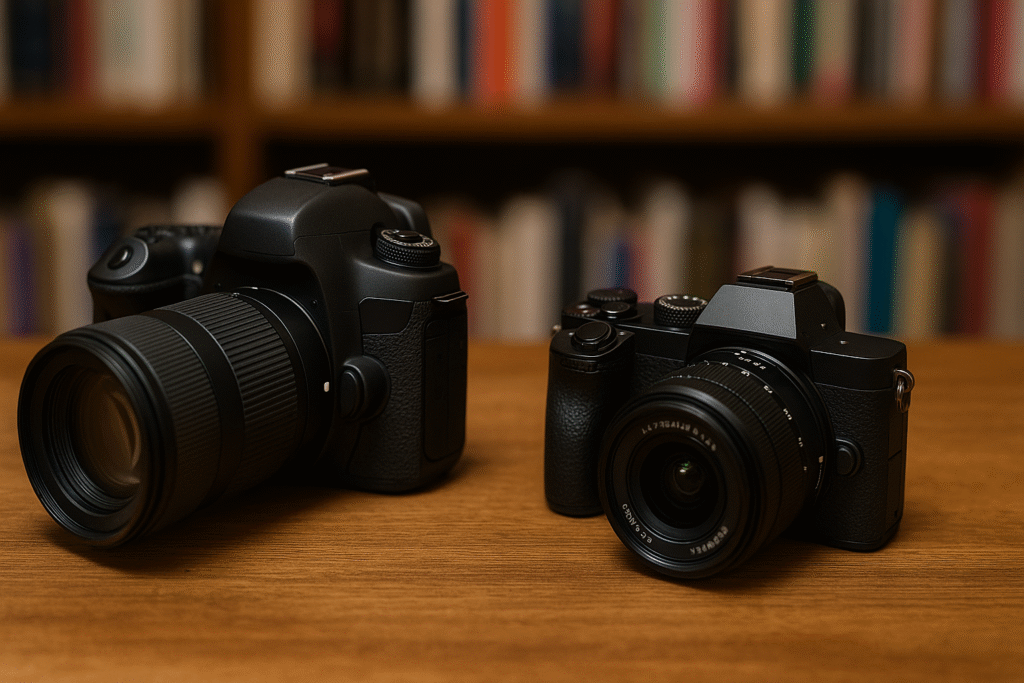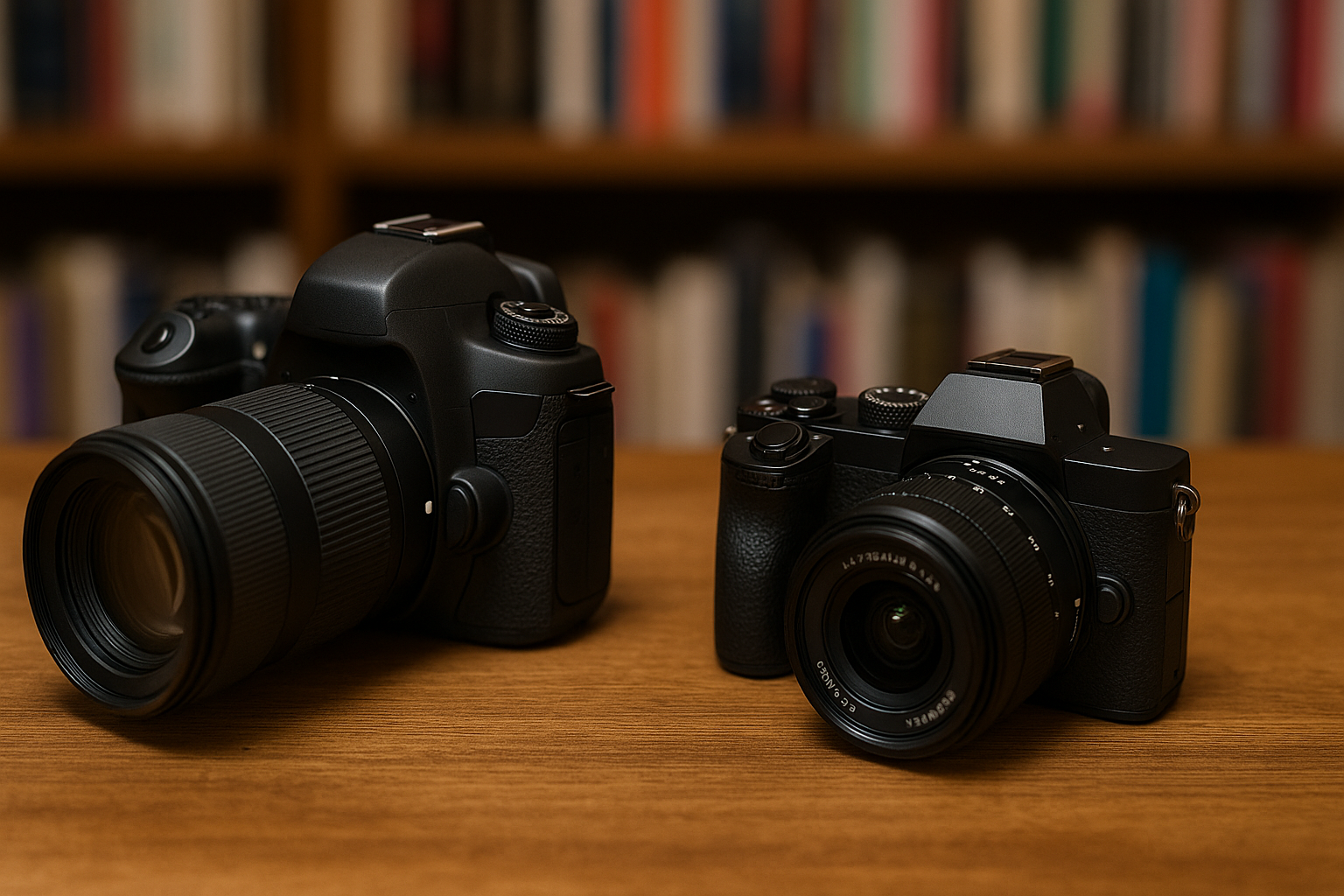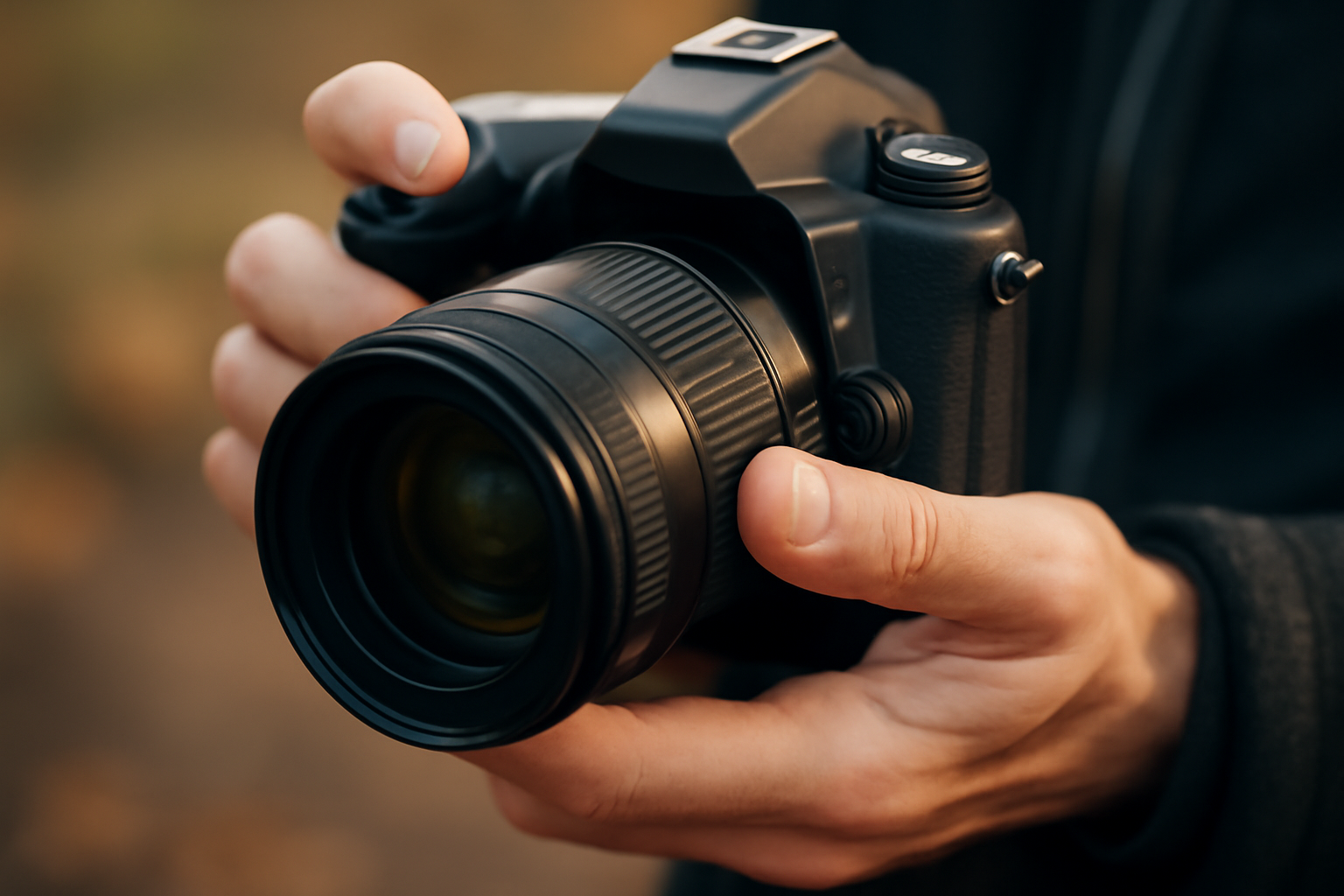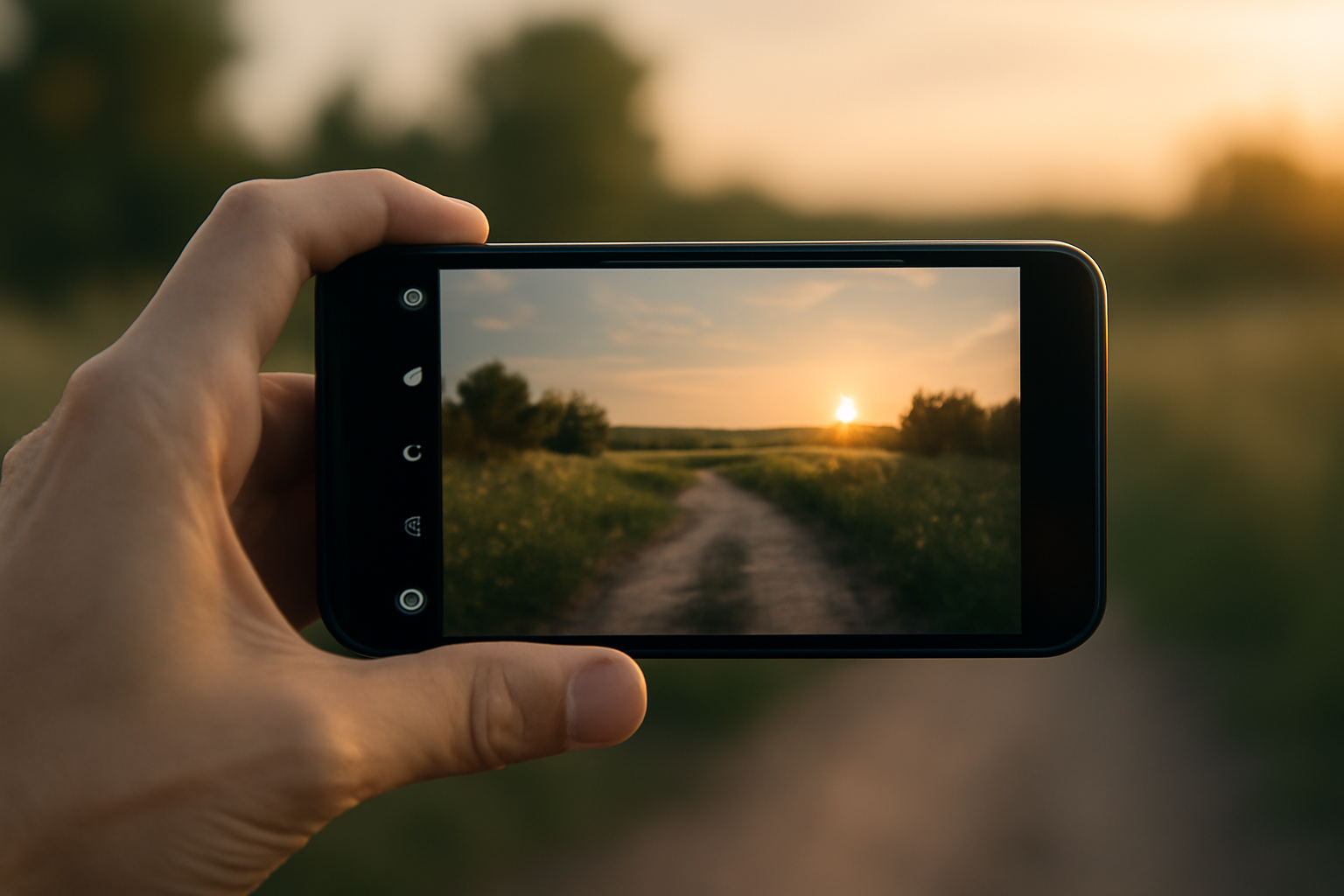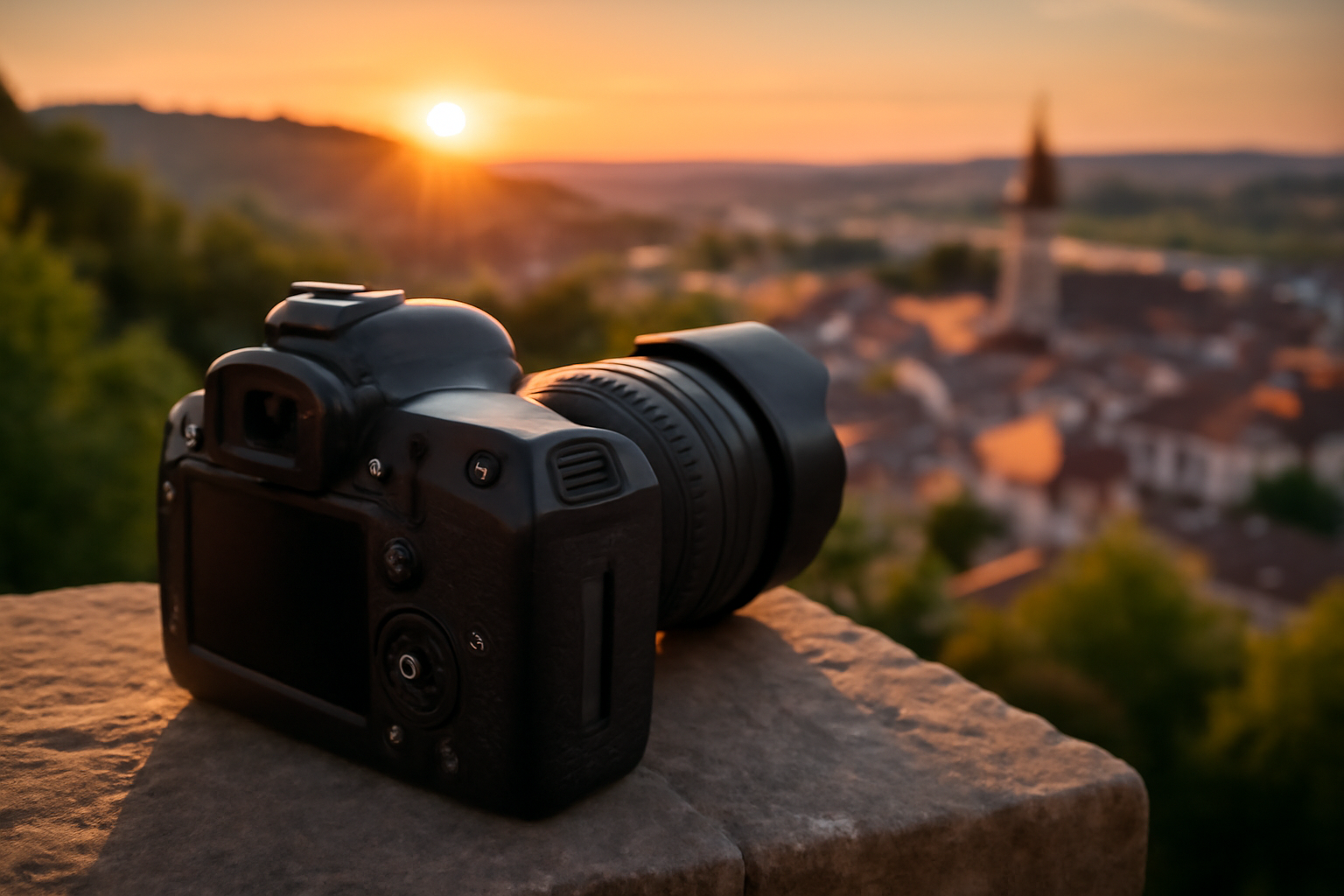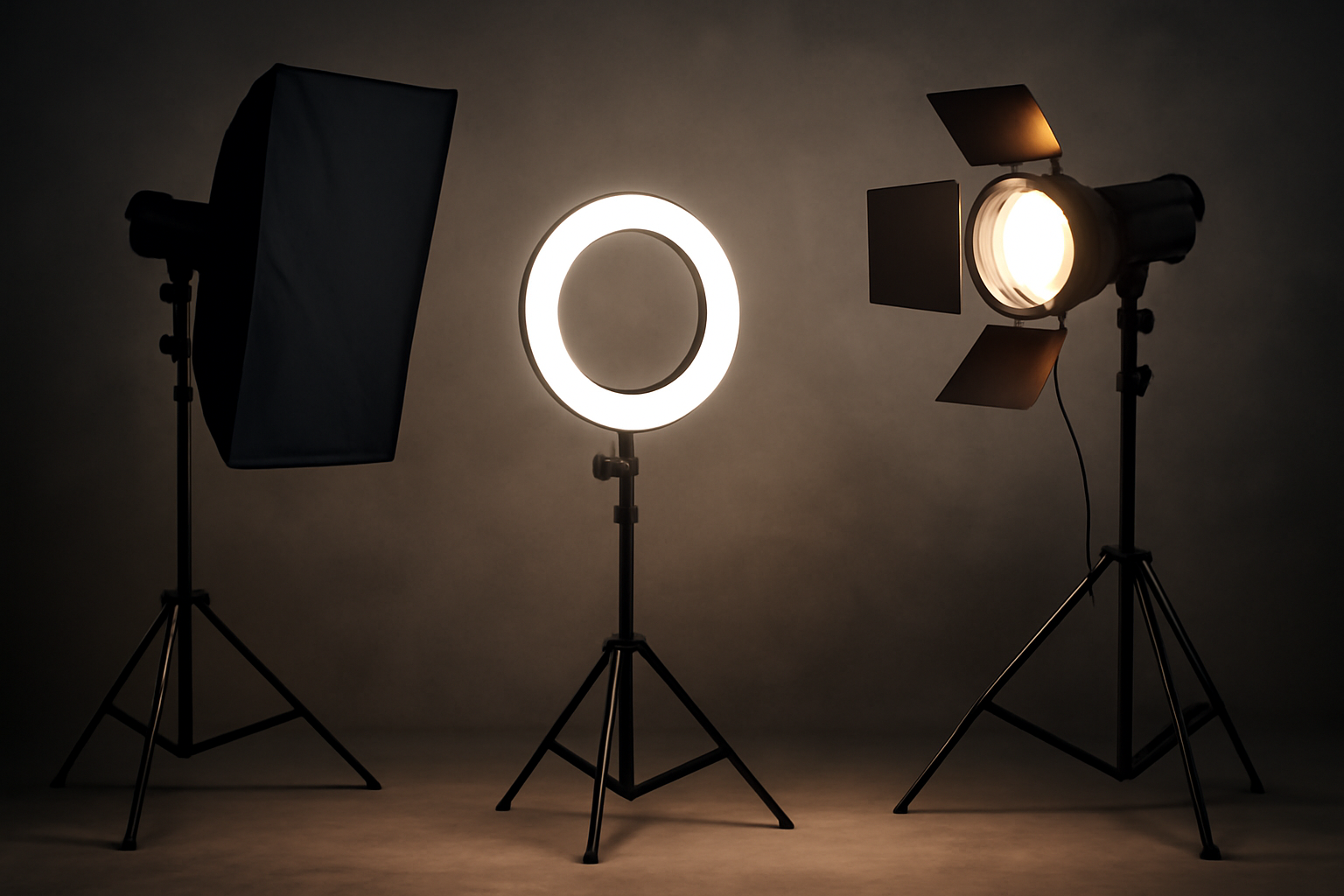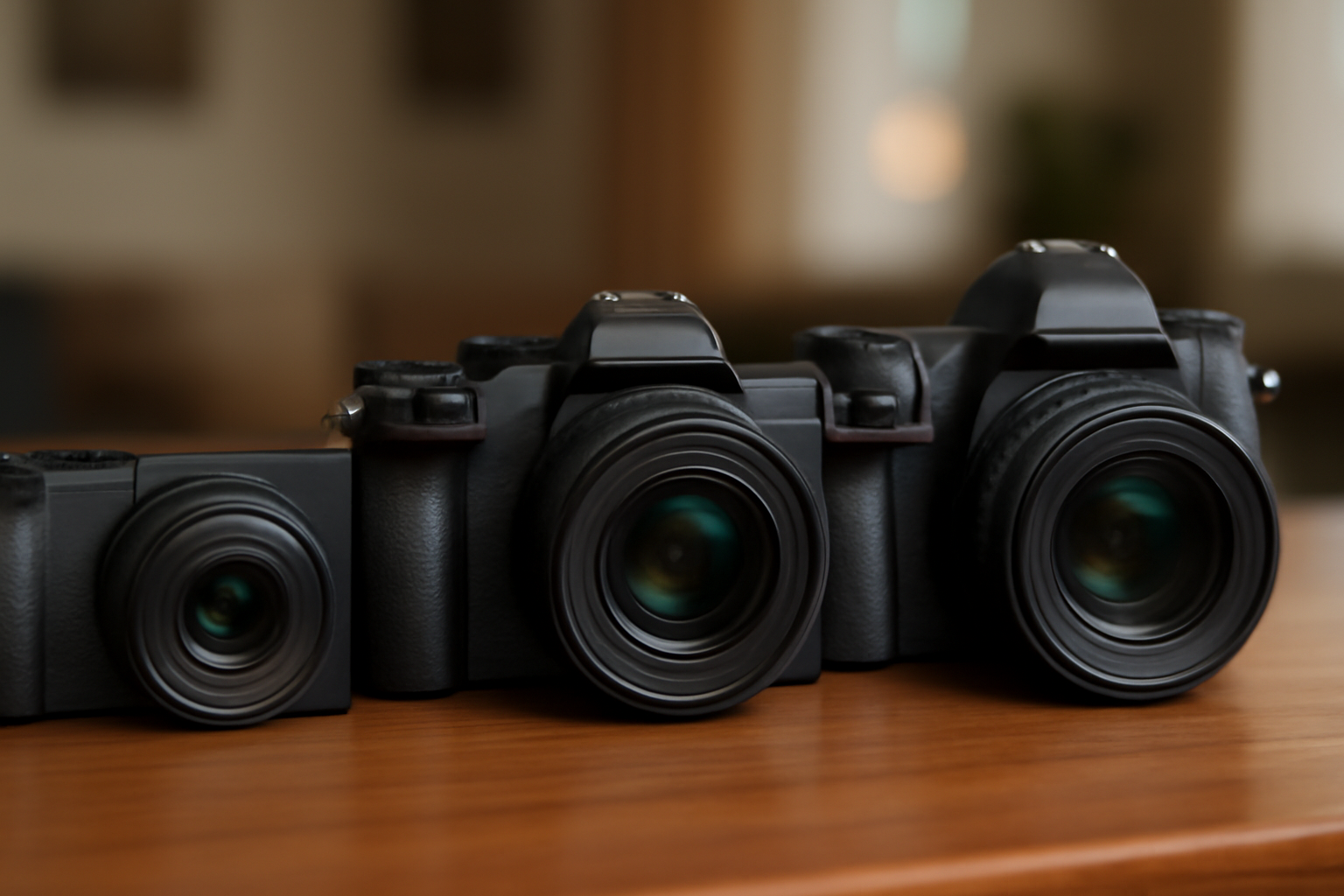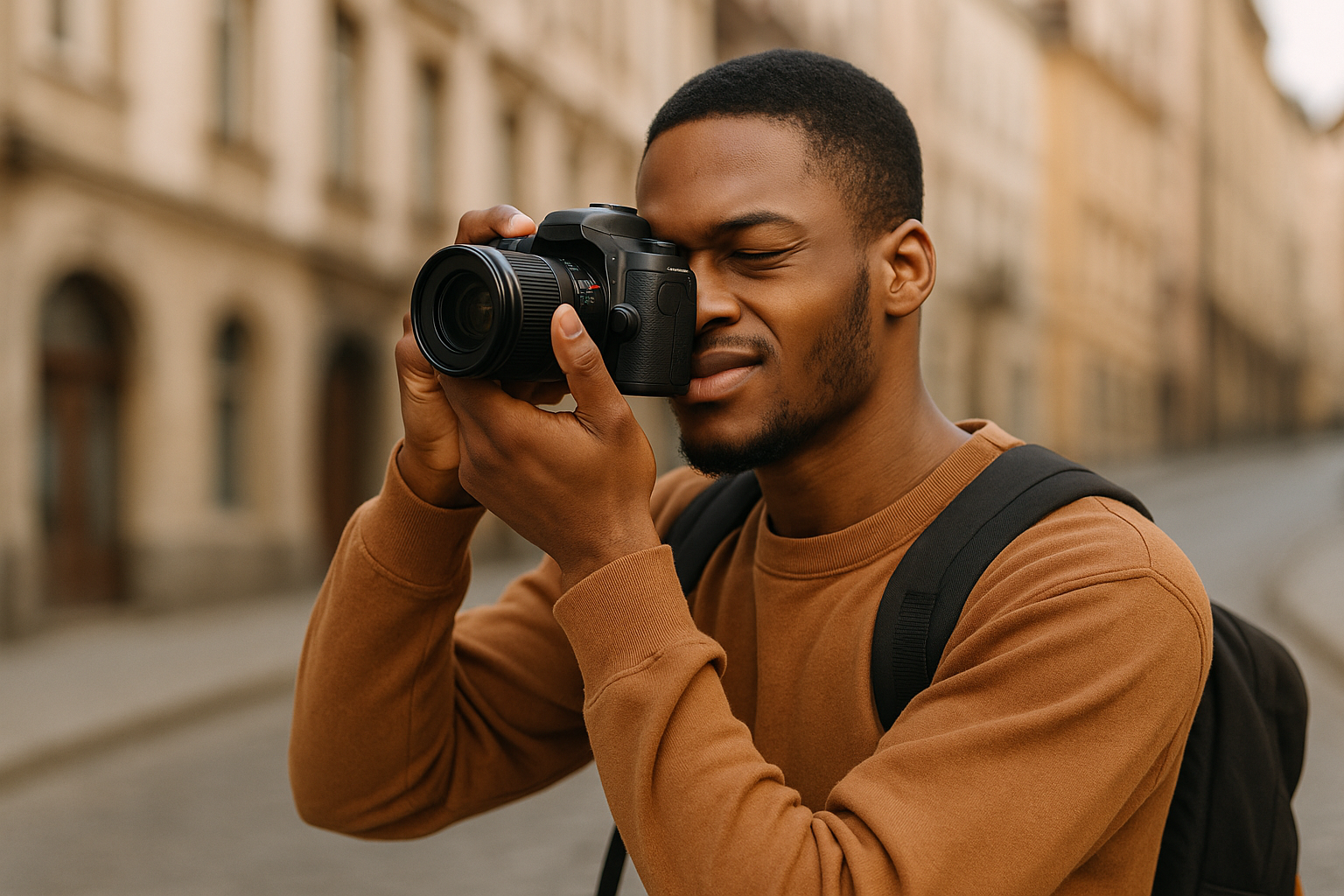When you’re ready to take photography seriously, one of the first big questions you’ll face is: Should I buy a DSLR or a mirrorless camera? This decision is more than just choosing between two camera types; it sets the tone for how you approach photography, how much you invest, and even how you carry your gear.
Having used both systems extensively, I can tell you there are real-world pros and cons to each. And while some enthusiasts love to debate endlessly about which is better, the truth is: the best camera is the one that suits your style, needs, and workflow.
Let’s explore this comparison in depth, breaking down the differences in performance, usability, cost, and long-term growth. My goal? Help you make an informed, confident choice that fits your photography journey.
What Is a DSLR?
DSLR stands for Digital Single-Lens Reflex. These cameras use a mirror mechanism to reflect light from the lens into an optical viewfinder. When you press the shutter, the mirror flips up and light hits the image sensor.
Why People Love DSLRs:
- Optical viewfinder: You see the scene directly through the lens.
- Long battery life: Thanks to fewer electronic components always running.
- Robust build: Often larger and solid, suitable for all kinds of environments.
- Wide lens selection: Especially for established systems like Canon EF and Nikon F.
DSLRs have been the go-to for professionals for decades. They’re reliable workhorses and have a huge ecosystem of lenses and accessories.
What Is a Mirrorless Camera?
Mirrorless cameras, as the name suggests, do not have a mirror mechanism. Light passes through the lens and directly hits the sensor, with a digital display (or electronic viewfinder) showing you the scene in real time.
Why Mirrorless Is Gaining Ground:
- Compact and lightweight: No mirror = smaller bodies.
- Electronic viewfinder (EVF): Shows exposure, white balance, and depth of field in real time.
- Fast autofocus: Particularly with face and eye detection.
- Silent shooting: Ideal for weddings or wildlife.
Mirrorless cameras represent the future of photography, and brands are investing heavily in their development.
Size and Portability
This is one of the first differences you’ll notice. Mirrorless cameras are significantly smaller and lighter. If you enjoy street photography, travel, or long walks with your camera, mirrorless wins.
When I switched to a mirrorless system, my shoulder thanked me. Carrying gear for hours became much easier. It encouraged me to take my camera everywhere, which led to more practice and better photos.
However, some photographers prefer the heft and grip of a DSLR. The size can add stability when shooting handheld, especially with longer lenses.
Battery Life
Here, DSLRs generally outperform mirrorless cameras. Because mirrorless systems constantly use their screen or EVF, they consume more power. A DSLR can easily shoot 800–1,000 photos on one battery; a mirrorless might need a spare battery by mid-day.
That said, battery tech is improving. And carrying a couple of extra batteries is a small price for portability.
Autofocus Performance
This used to be a DSLR stronghold. Not anymore.
Modern mirrorless cameras now feature blazing-fast autofocus systems, including eye detection that tracks your subject even if they move unpredictably. This is incredibly useful for portraits, events, and sports.
DSLRs rely on phase detection AF, which is fast but less accurate in live view or video mode. Mirrorless systems use on-sensor AF, which can be more precise, especially with modern firmware updates.
Lens Availability
DSLRs have a head start. Brands like Canon and Nikon built decades of lenses around their DSLR mounts. This means:
- A wide variety of options, including affordable used lenses
- Third-party lenses from Sigma, Tamron, and others
Mirrorless systems started from scratch. But in just a few years, they’ve made incredible progress. Most brands now offer high-quality native lenses, and adapters allow you to use DSLR lenses on mirrorless bodies (though not always with full functionality).
Viewfinders: Optical vs Electronic
This comes down to preference.
- Optical viewfinders (DSLR) show you the scene naturally, with no delay.
- Electronic viewfinders (mirrorless) let you preview your exposure, white balance, and even apply focus peaking for manual focus.
When I first used an EVF, I wasn’t sure I liked it. But after a few weeks, I found myself depending on the live exposure preview. It helped me nail shots faster.
Still, some photographers—especially in bright sunlight—prefer the clarity of an optical viewfinder.
Burst Shooting and Frame Rate
If you’re into action photography, speed matters. Mirrorless cameras often boast higher burst rates thanks to electronic shutters. You can shoot silently at 20+ frames per second without mirror slap.
DSLRs are usually limited to 5–10 fps and have mechanical shutters that make noise. Some professionals love that satisfying click, but for wildlife and quiet events, silence is golden.
Video Capabilities
Mirrorless wins here, hands down. With features like:
- 4K and 6K video
- Built-in stabilization (IBIS)
- Better AF during video recording
Mirrorless cameras are the top choice for hybrid shooters—those who do both photography and videography.
DSLRs can shoot good video, but they often lack modern features. Plus, their AF in video mode is usually slower and less accurate.
Durability and Ergonomics
DSLRs are bulkier, but that bulk often comes with rugged weather sealing and larger grips. If you shoot in tough conditions or have big hands, this might be a big plus.
Mirrorless bodies are improving in this area. Flagship models like the Sony A7R V or Canon R5 have excellent build quality. But entry-level mirrorless cameras can feel a bit more fragile.
Price Comparison
You might think mirrorless is more expensive—but it depends. Entry-level DSLR kits (like the Canon Rebel or Nikon D3500) are often more affordable than their mirrorless equivalents.
However, mid-range and pro-level mirrorless systems now offer better value. And since they’re the focus of innovation, you’re more likely to find long-term support.
Don’t forget to budget for lenses and accessories. Sometimes the body is cheap, but the lenses are costly.
Long-Term Investment
Let’s be honest: DSLR development is slowing down. Most brands have shifted R&D to mirrorless systems. This means future upgrades, lens compatibility, and support will lean heavily toward mirrorless.
That doesn’t mean DSLRs are obsolete. If you find a good deal and love the feel of a DSLR, go for it. But if you want future-proofing and tech advancements, mirrorless is the safer bet.
Real-World Scenarios: Which One Fits You?
- Portrait Photographer: Mirrorless for accurate eye-tracking AF
- Travel Photographer: Mirrorless for lightweight setup
- Sports Photographer: DSLR or mirrorless, depending on lens access
- Wedding Photographer: Mirrorless for silent shooting and fast focus
- Hobbyist/Budget-conscious: DSLR kits offer great value
Personal Experience: My Transition Story
I started with a DSLR—Canon Rebel T3i—and loved it. It taught me exposure, manual settings, and composition. When I switched to mirrorless (Sony A6400), I felt like I gained superpowers.
- I could shoot silently in museums and churches
- My autofocus hit more consistently, especially with kids
- I traveled lighter and shot more often
It wasn’t a replacement—it was an evolution.
Common Pitfalls to Avoid When Choosing
Many beginners choose based on trends or marketing, not their actual needs. Here are a few mistakes to avoid:
- Overbuying: Don’t buy a top-tier mirrorless camera if you’re just starting. That money could go into lenses, a tripod, or editing tools.
- Ignoring ergonomics: Hold the camera in your hands. How it feels matters. If it’s uncomfortable, you’ll use it less.
- Focusing only on specs: Specs are important, but how the camera feels in the field matters more.
Making the Switch: What to Expect
If you’re moving from DSLR to mirrorless, be prepared for some changes:
- Learning curve: EVFs and digital interfaces can feel unfamiliar at first.
- Menu systems: Every brand has its own quirks.
- New accessories: Some things like remote triggers or batteries may not be compatible.
But the benefits—faster focus, smaller size, better video—often outweigh the adjustment period.
Final Verdict: There’s No One-Size-Fits-All
Instead of asking “Which one is better?”, ask:
- What kind of photography do I want to do?
- How much weight am I comfortable carrying?
- Do I care more about tradition or innovation?
- What’s my budget, including lenses and accessories?
Both systems are capable of stunning results. Your creativity, patience, and eye for moments matter far more than your gear.
So pick the system that excites you. That makes you want to grab the camera and go. Because in the end, the best choice is the one that makes you shoot more, learn more, and love the process.
Whether you choose a DSLR or mirrorless camera, what matters most is the journey you take with it. How you use it to develop your style, capture stories, and express your vision. Start with the system that feels right for you now. Over time, your preferences might change, but your passion will only grow.
